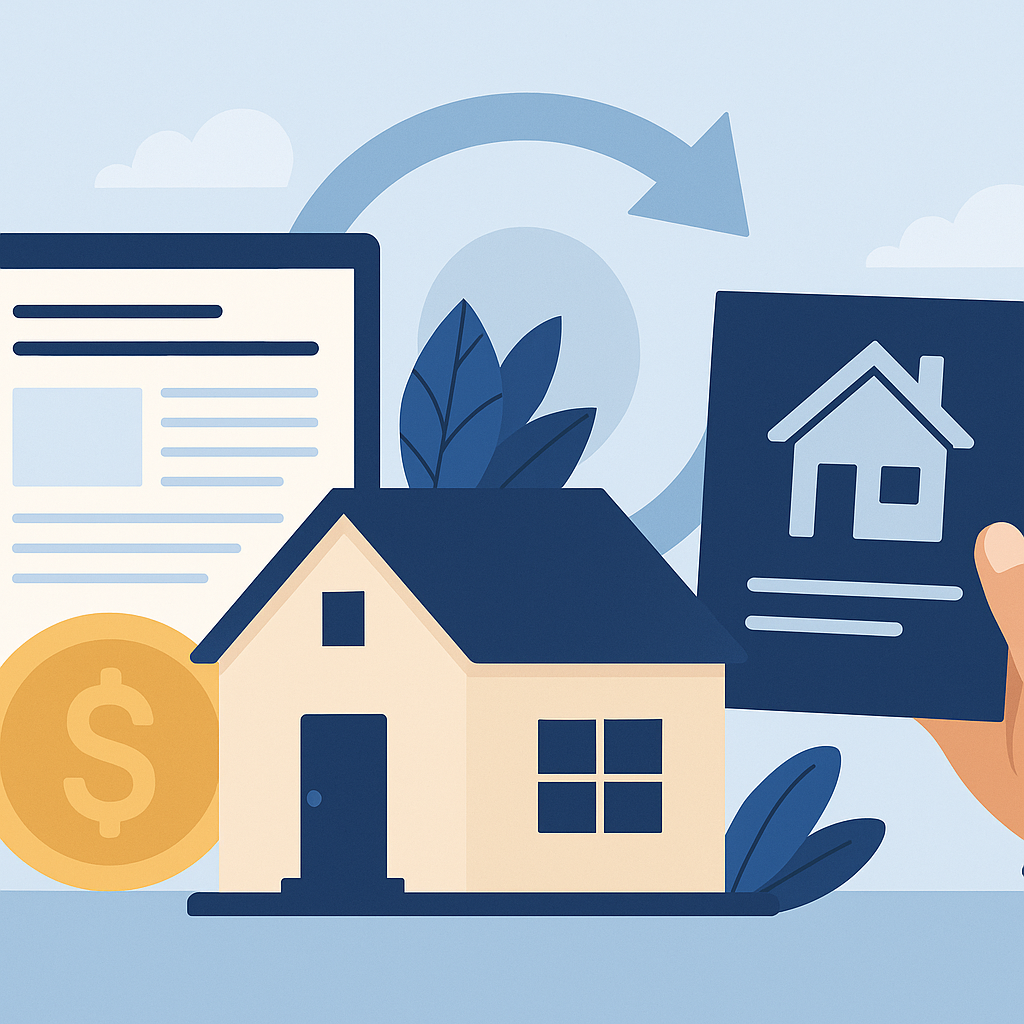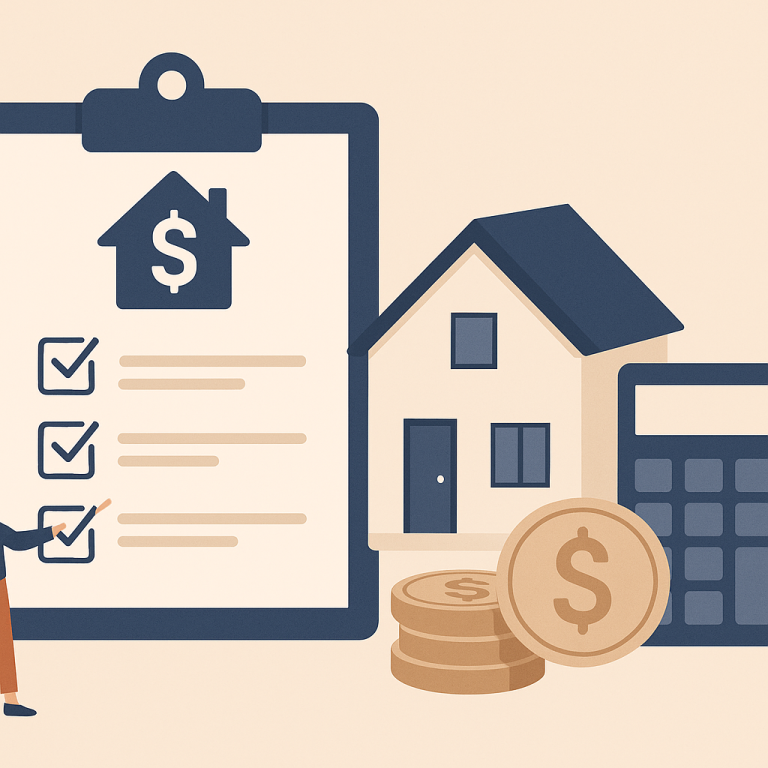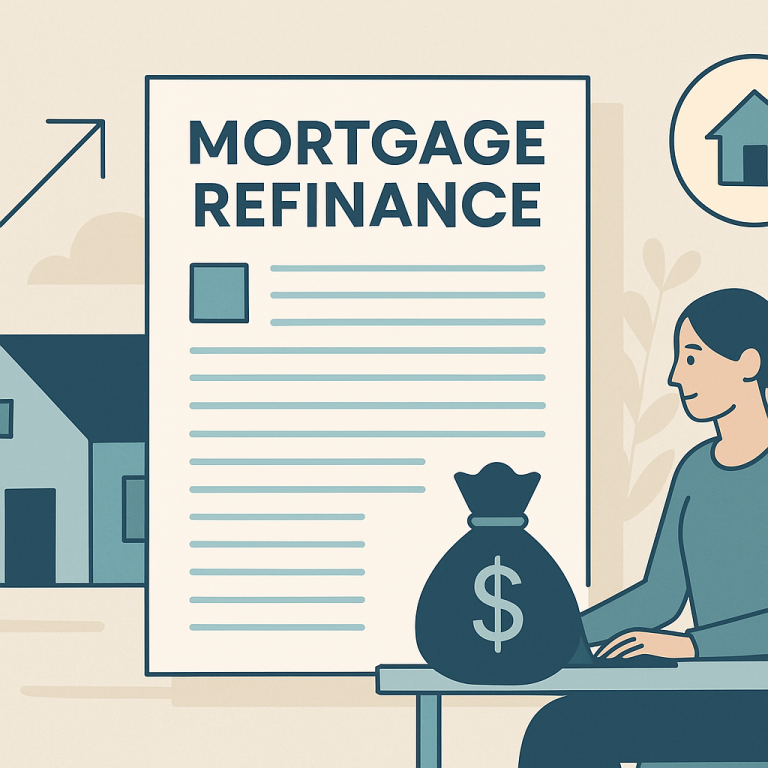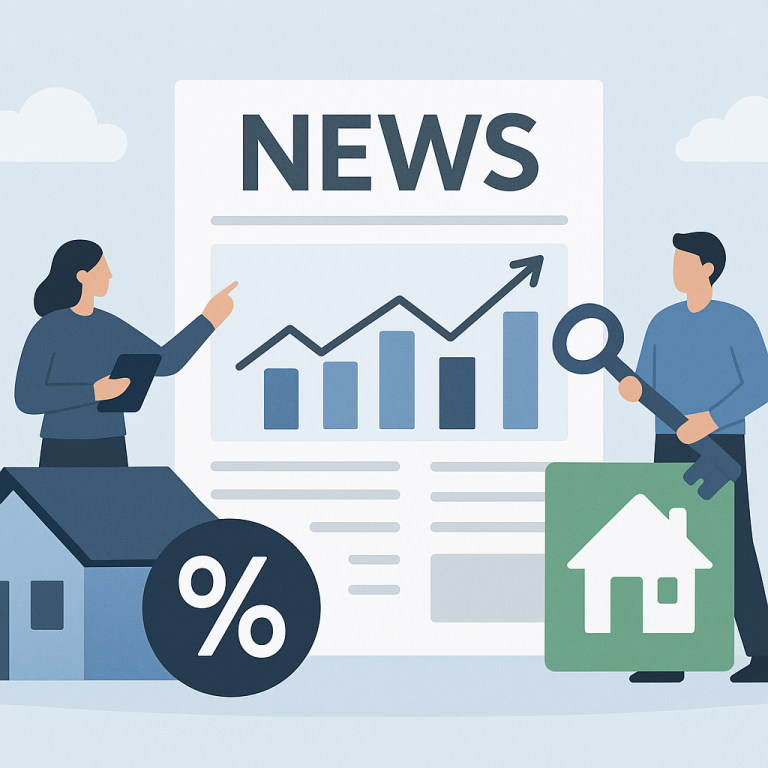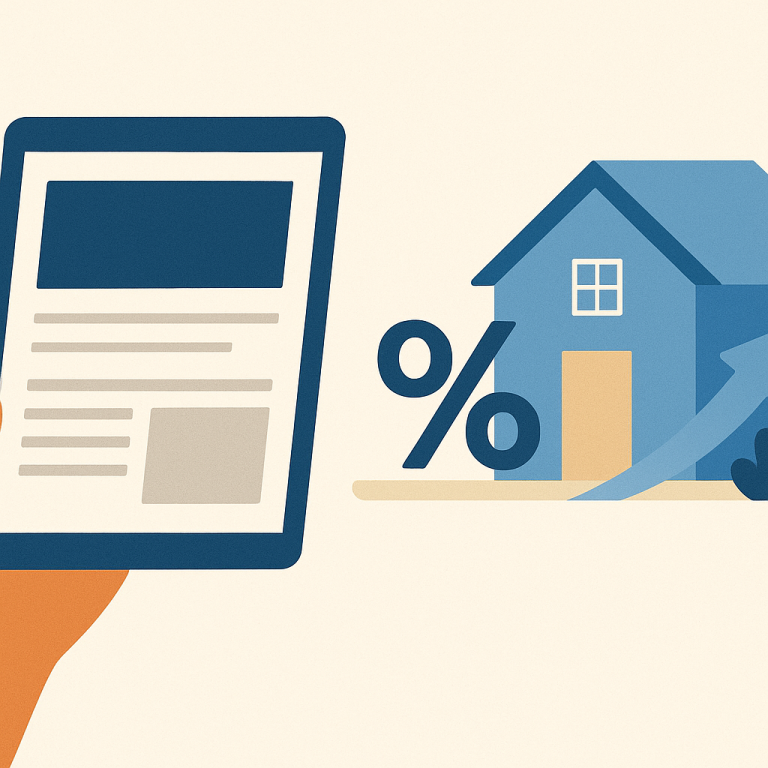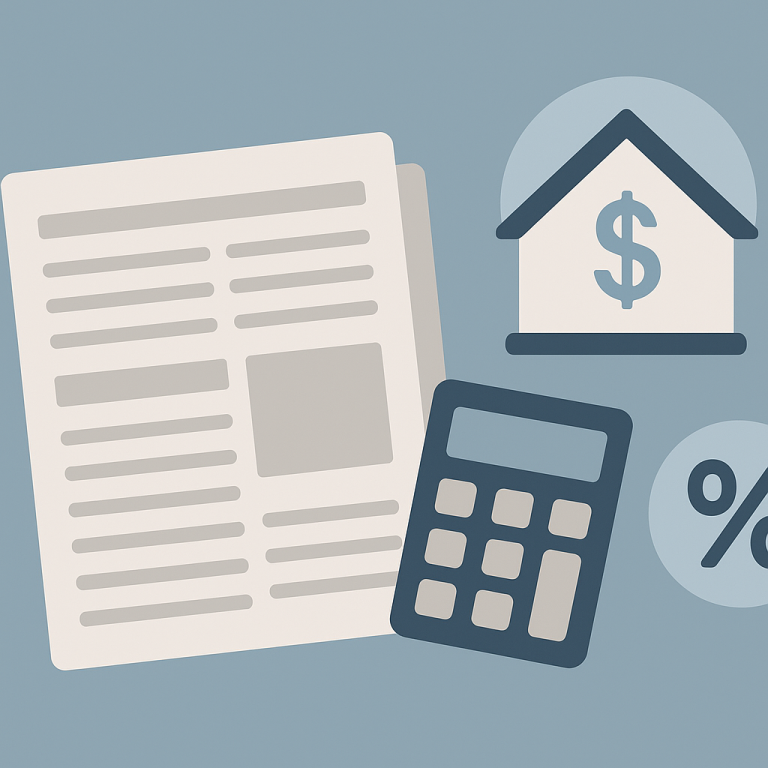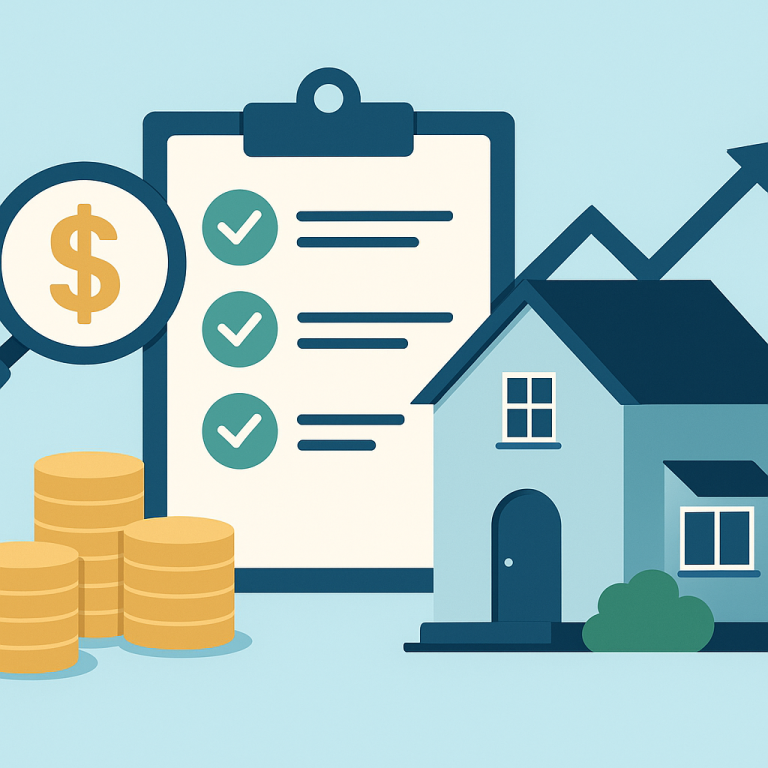Refinance Applications Surge 12% After 30-Year Rate Drops to 5.25%
Refinancing Activity Eases as Rate Volatility Narrows Potential Savings
Homeowners weighing a mortgage refinance are encountering a more selective market. Recent shifts in interest-rate volatility and lender underwriting have reduced the number of clear-cut refinancing opportunities that deliver immediate, guaranteed savings. As a result, borrowers are increasingly advised to evaluate targeted strategies rather than reflexively refinancing whenever rates tick down.
Why the market is changing
Interest rates remain elevated relative to the lows seen in prior years, and short-term swings have become more common. Lenders have responded by tightening documentation and eligibility checks in some segments, while pricing and fees have adjusted to reflect market uncertainty. Those changes increase the importance of accurate cost-benefit analysis: a modest reduction in the headline rate is less likely to justify closing costs and other upfront expenses than it was in a low-rate environment.
Practical steps for homeowners considering a refinance
Homeowners should move through a structured decision process to determine whether refinancing is appropriate for their situation.
- Calculate the break-even point: Compare total closing costs with the monthly savings from the new loan to estimate how long it will take for the refinance to pay for itself. Prioritize transactions with a short break-even horizon if you expect to move or sell in the near term.
- Shop multiple offers: Rates, points, and fees vary across lenders. Obtain written quotes and compare the annual percentage rate (APR), not just the nominal rate, to capture fees and upfront costs.
- Evaluate term changes carefully: Switching from a 30-year to a 15-year term can increase monthly payments even when the rate drops. Ensure the new payment fits your budget and long-term goals.
- Consider alternatives to a full refinance: For homeowners seeking funds for remodeling or debt consolidation, a home equity line of credit (HELOC) or a second mortgage may be more cost-effective depending on closing costs and rate structure.
- Assess credit and loan-to-value (LTV): Better credit and lower LTV typically deliver more favorable pricing. If your score or equity has recently improved, your refinance prospects may be stronger.
- Plan for rate locks and timing: If you decide to refinance, consider rate-lock options to avoid intraday volatility between application and closing.
When refinancing still makes sense
Refinancing remains a compelling option in several clear scenarios. It can be advantageous if it materially lowers your interest rate and shortens your loan term at an acceptable monthly payment; if you need to restructure debt at a lower long-term cost; or if you intend to tap equity for high-return home improvements and have a plan to recoup that investment. Investors and homeowners with longer expected tenure in the property may find it easier to justify the upfront costs.
Homeowner takeaways
- Refinancing is no longer an automatic efficiency play; perform a break-even analysis before proceeding.
- Shop multiple lenders and compare APRs to capture the true cost of the loan.
- Match the refinance strategy to your goals—lower monthly payment, shorter term, or liquidity—and choose the product that best aligns with that objective.
- Explore alternatives such as HELOCs for specific liquidity needs, and consider the tax and cash-flow implications of any decision.
- When in doubt, consult a mortgage professional to run personalized scenarios that account for closing costs, credit profile, and expected time in the home.
META: angle=rate-volatility; focus=homeowner-takeaways; type=refinance-news

